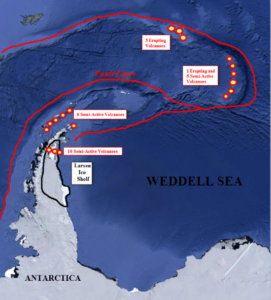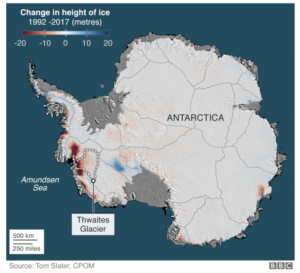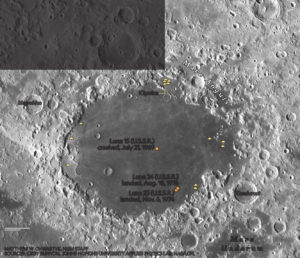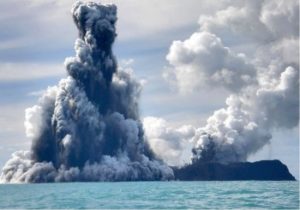by Mining.com Staff Writer, Jan 28, 2022, in TheNorthernMinerMaps
In a paper published in the journal Geology, the scientists explain that over geological times, variations in atmospheric CO2 depended mainly on volcanic emissions, which are difficult to estimate because they are not directly related to the volume of the magmas that erupted. Indeed, some volcanoes show exceptionally large emissions of CO2 when compared to the amount that can be dissolved in their magmas. Etna is perhaps the most striking example, contributing to 10% (9000 tons/day) of the present global volcanic CO2 emission. That is three times more CO2 than a volcano like Kilauea in Hawaii emits, which erupts four times more magma.
But ratios of Nb/Ta are very constant in many rocks and are only modified by few geological processes—like the infiltration of carbonate-rich melts in earth’s mantle.
…










